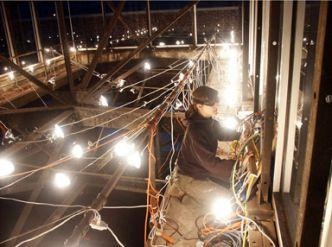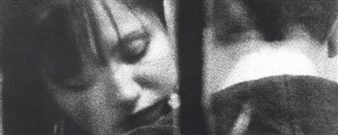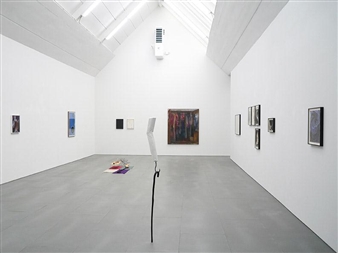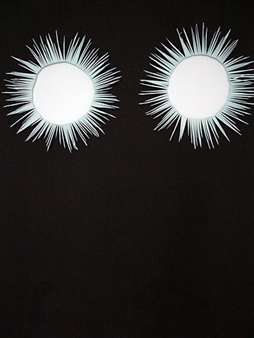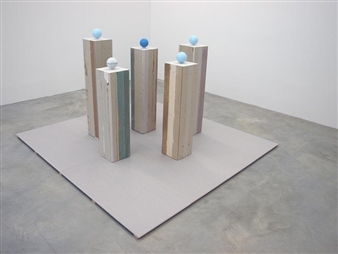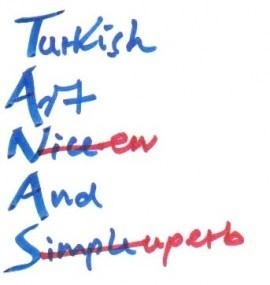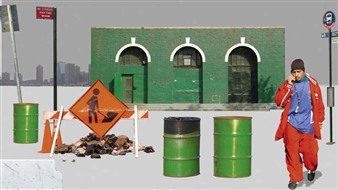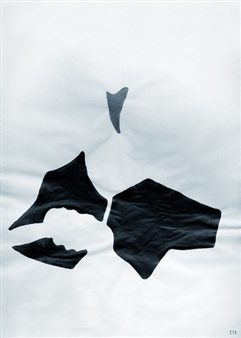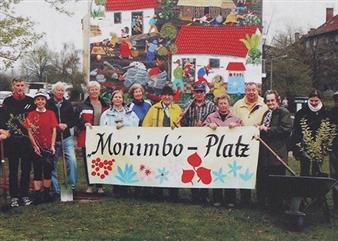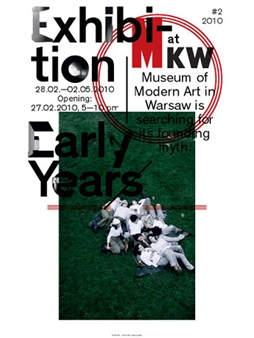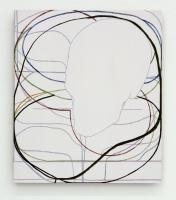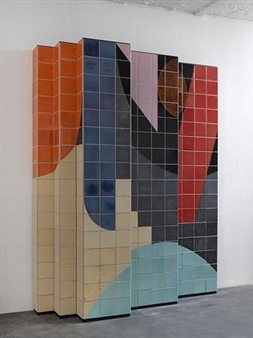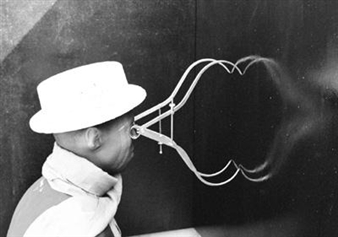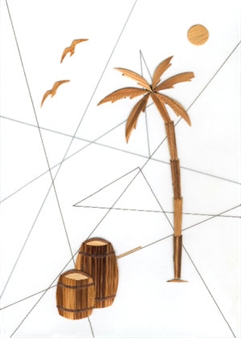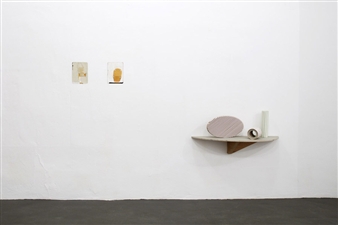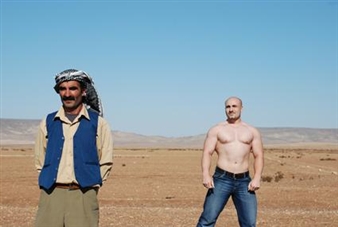Tito's Bunker
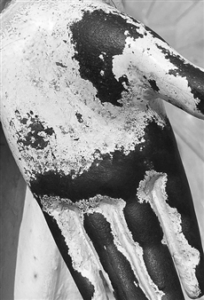
Baden-Wurttemberg, Stuttgart, 05/27/2017 - 08/06/2017
2 Schlossplatz
The point of departure for this exhibition is a particular place, Tito’s bunker in Konjic (Bosnia and Herzegovina), which is equally negotiated as concrete location and as open-ended metaphor.
From 1953 to 1979, the former head of state in Yugoslavia, Josip Broz Tito, initiated the top-secret construction of a gigantic and—at least theoretically—nuclear-safe bunker in Konjic, a town situated around 40 kilometers south of Sarajevo (and today located in Bosnia and Herzegovina). This shelter, drilled 300 meters deep into the mountain and occupying a space of 6,500 square meters, was conceived for the survival of 350 chosen representatives of the country’s political and military elite of that time—including just one woman: Jovanka B. Broz, Tito’s wife. Tito himself outlived the accomplishment of the structure by just one year. Not until the 1990s did the existence of this construction project, which cost 4.6 billion US dollars, become public knowledge. At this time, still no global atomic war had happened, fortunately, but the nation (or more precisely: its “elites”) that was (were) to be rescued in this bunker had disappeared: it was quasi atomized.
In 2011, the two artists Edo und Sandra Hozic succeed in launching the Project Biennial D-0 ARK, whose site was to be Tito’s Bunker. From the very beginning, their aim has been to amass a collection of art through the biennial that would ultimately serve as a basis for a museum in the bunker. Iris Dressler and Hans D. Christ have been invited to curate the 4th Project Biennial. Parallel to this project, they are developing an exhibition for the Württembergischer Kunstverein. The idea is to approach the bunker both in the very heart of the place itself and from a distance—in its absence or as a kind of phantom.
The exhibition examines fictions of control, salvation and escape. It is about the "zero hour" as a post-catastrophic projection surface, about structures of selection—which are both the bunker and the museum—as motifs of camouflage and repression, about dystopian as well as utopian spaces. The invited artists take up these and other aspects both directly and indirectly.
